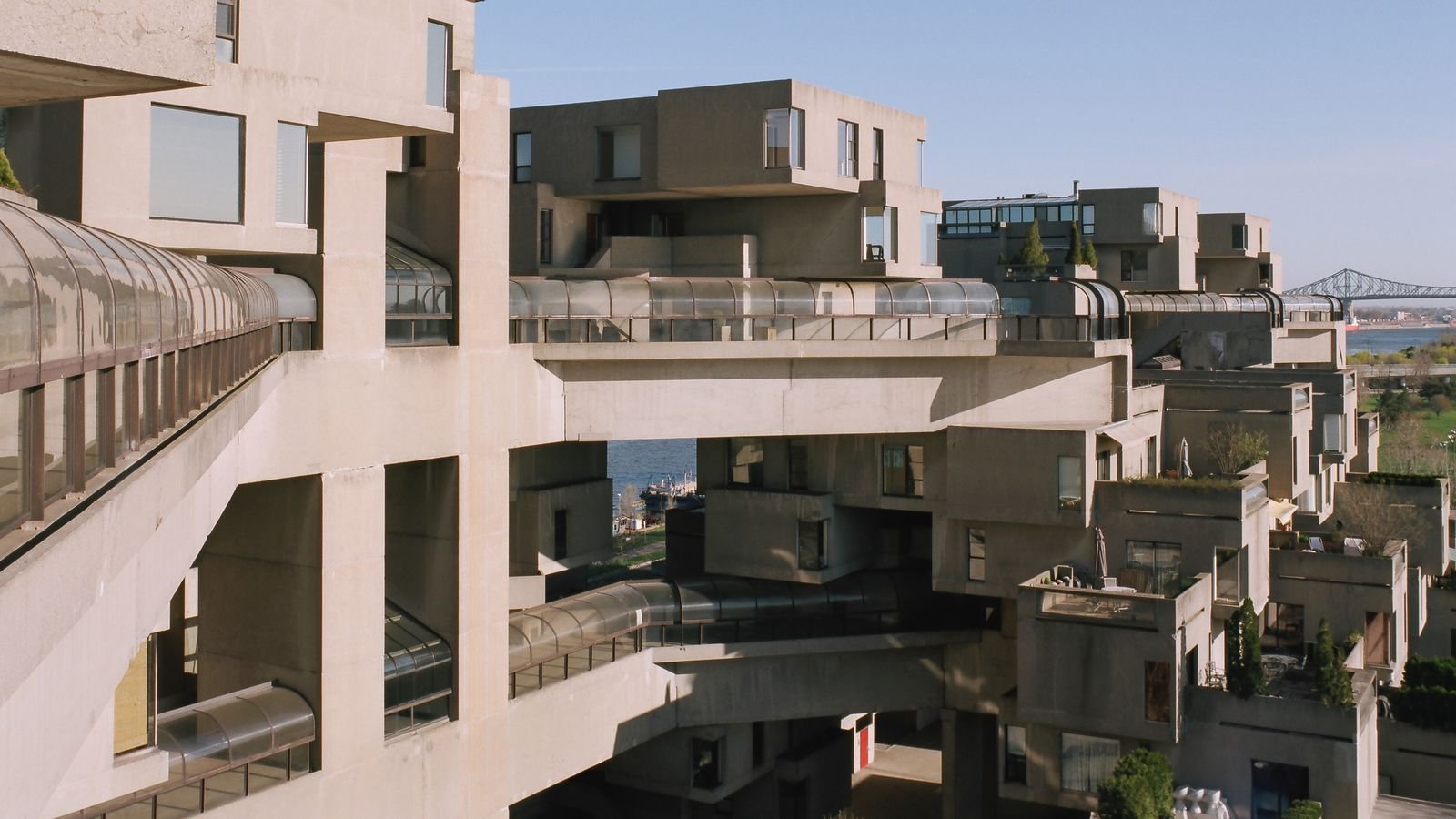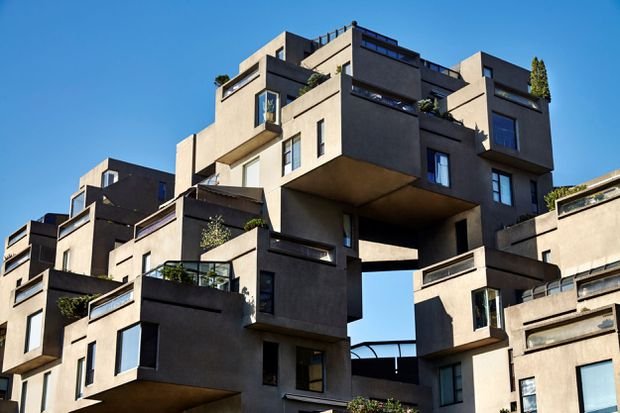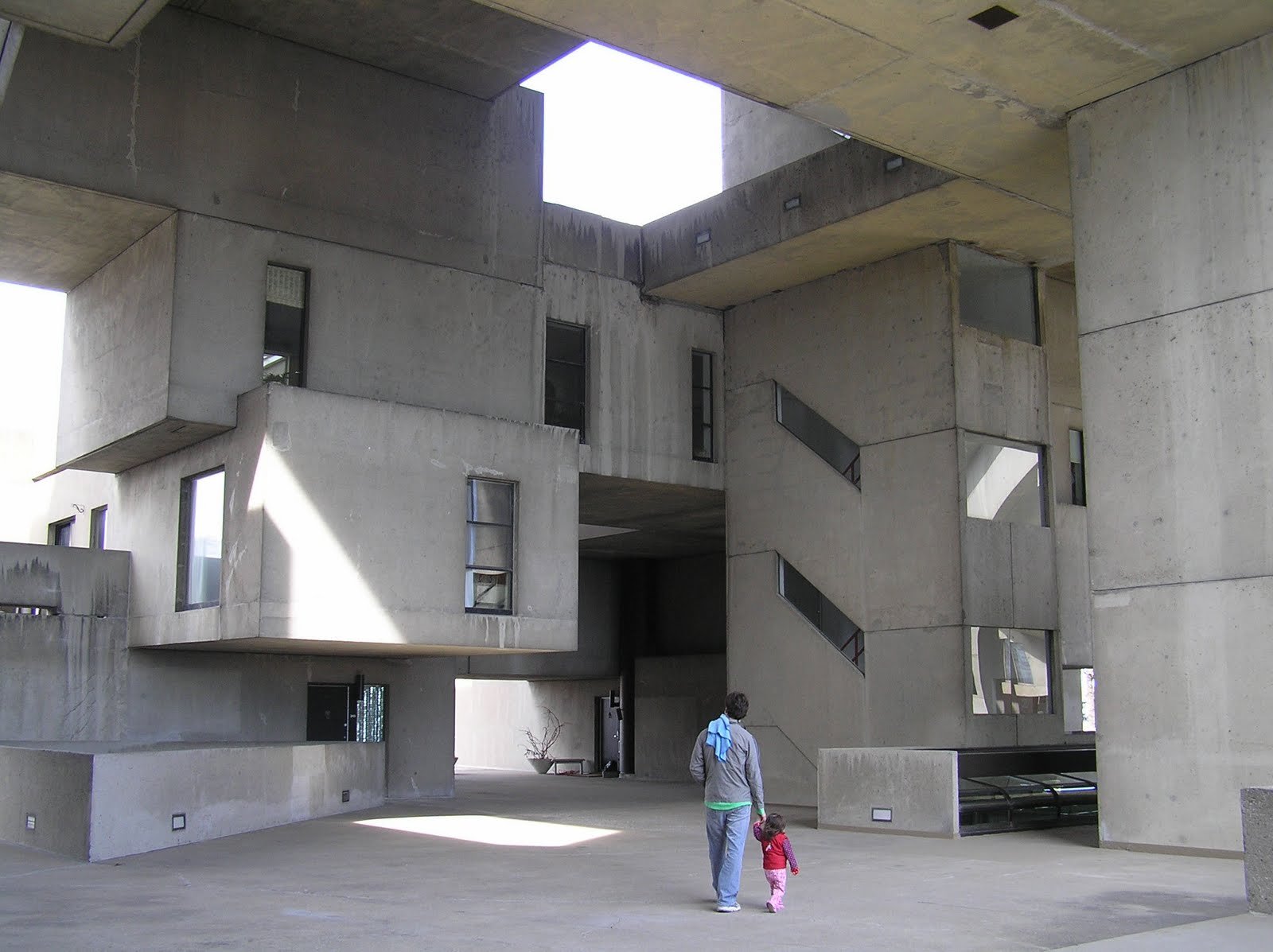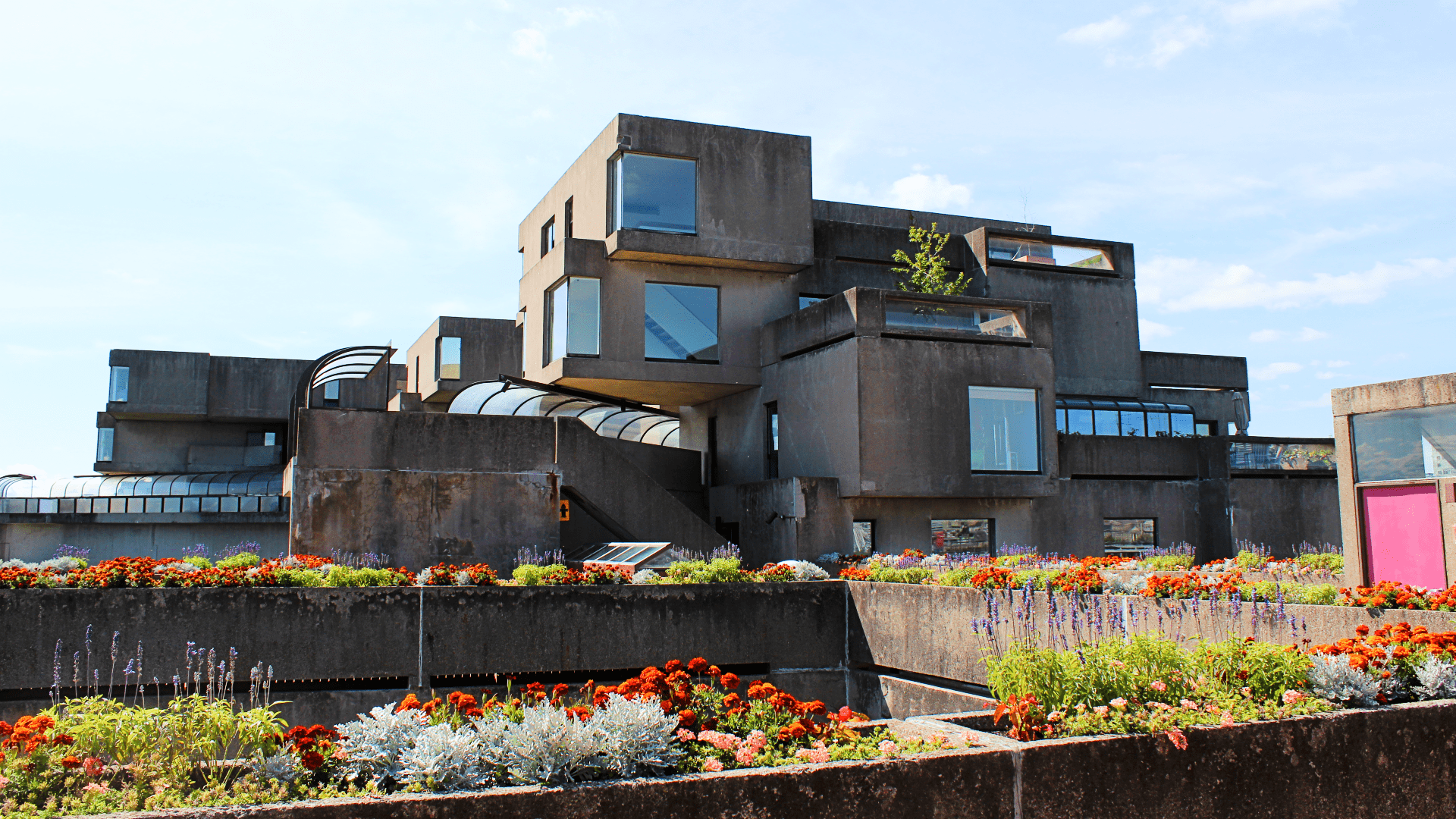Transforming Architecture with Gaming Engines: Habitat 67
The world of architecture and gaming technology has merged in exciting ways. One such collaboration that showcases the potential of this union is the project involving Epic Games' Unreal Engine and the iconic architectural masterpiece known as Habitat 67. By leveraging the power of Unreal Engine, architects and designers have been able to create an immersive and interactive experience, allowing users to explore the design and concept of Habitat 67 in a virtual reality setting. Let's delve deeper into this innovative application of gaming engines in the world of architecture.





The Genesis of the Collaboration:
Habitat 67, designed by Moshe Safdie in the late 1960s, is a groundbreaking housing complex located in Montreal, Canada. Its unique modular structure and integration with the surrounding environment have made it an architectural marvel. Recognizing the potential of combining gaming technology with architectural design, Epic Games joined forces with Safdie Architects to create a virtual reality experience that brings Habitat 67 to life in a whole new dimension.
The Power of Unreal Engine:
At the heart of this collaboration is Epic Games' Unreal Engine, a game development platform that has revolutionized the gaming industry. Unreal Engine provides a comprehensive set of tools and capabilities that empower architects and designers to create visually stunning and interactive virtual environments. By harnessing the power of this gaming engine, the team behind the Hillside Habitat 67 project has been able to transform architectural visualization and create a unique experience for users.
Creating an Immersive Experience:
Through Unreal Engine, the designers have meticulously recreated the physical aspects of Habitat 67 in a virtual space, capturing its intricate details, spatial arrangement, and relationship with the surrounding landscape. Users can explore the complex through a virtual reality headset, enabling them to walk through the spaces, examine the modular units, and experience the design firsthand. This immersive experience allows for a deeper understanding and appreciation of the architectural concept and its execution.
Interactivity and Exploration:
Unreal Engine's interactive capabilities have added a new dimension to the Habitat 67 experience. Users can engage with various elements within the virtual environment, interact with objects, and even modify certain aspects of the design to observe the impact on the overall experience. This interactivity encourages active exploration and experimentation, enabling architects and designers to iterate and refine their ideas while providing users with a sense of agency in the virtual space.
Advancing Architectural Visualization:
The collaboration between Epic Games and Safdie Architects highlights the immense potential of gaming engines in the field of architectural visualization. Traditionally, architects relied on static renders, models, or animations to communicate their designs. However, with Unreal Engine, they can now offer immersive, interactive, and dynamic experiences that provide a more accurate representation of their vision. This advancement in visualization technology not only enhances communication between architects, clients, and stakeholders but also enables a more comprehensive understanding of architectural designs.
Pushing Boundaries and Inspiring Future Innovations: The utilization of Unreal Engine in the Hillside Habitat 67 project serves as a testament to the endless possibilities that emerge from the fusion of gaming technology and architecture. As architects and designers continue to explore the potential of gaming engines, we can expect to witness more innovative applications that push the boundaries of design, visualization, and user experience. The collaboration between Epic Games and Safdie Architects serves as a source of inspiration for the future of architectural design, inviting further experimentation and exploration in this dynamic field.
Conclusion:
The collaboration between Epic Games' Unreal Engine and Safdie Architects in creating the Hillside Habitat 67 experience exemplifies the transformative potential of gaming engines in the world of architecture. By immersing users in a virtual reality environment, Unreal Engine enables architects and designers to communicate their designs more effectively while providing an engaging and interactive